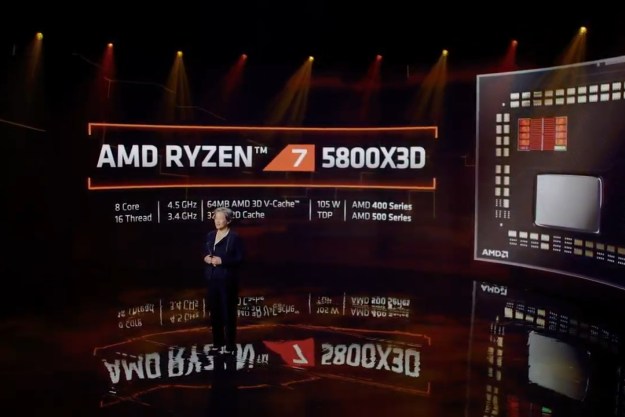Snapchat is giving Snaps depth with just a wiggle of the smartphone in the new 3D Camera Mode. On Tuesday, September 17, Snap Inc. unveiled 3D images and 3D filters on the platform, a camera mode that uses the smartphone’s depth data to create a dimensional image complete with Snapchat’s iconic augmented reality lenses.
Using the depth data from compatible smartphones, the 3D Camera Mode reconstructs the selfie, allowing the movement of the smartphone to adjust the perspective of the image so that the selfie appears to pop out of the screen. The 3D image can be mixed with new Lenses and Filters that also add dimension to the Snap, and perfected in preview mode before sending.
Snapchatters on the receiving end of the new feature will be able to tilt their device to change the perspective — no matter what device they are using.
The new feature requires a front-facing camera with depth data — for now, the option is only available on the iPhone X and newer models. Any Snapchat user, however, can receive and view the effect in 3D on any device, including Android.
Users with access to the feature can click the drop-down menu inside the camera mode (the triangle on the upper right) and select the 3D option. Besides switching the camera to 3D mode, the lens and filter carousel updates with filters and lenses that are 3D compatible. The 3D selfies can be shared like any Snap inside chats or Stories.
“Communication through contextually rich, visual Snaps is simple yet powerful,” a Snapchat representative said. “Looking forward, we plan to continue innovating and partnering around new ways for Snapchatters to express themselves and have fun through the Snapchat camera.”
The update comes after 3D effects arrived with Spectacles 3 in August. Unlike the camera mode in the app, the Spectacles 3D option is designed for the “world-facing” camera, not for selfies.
Snapchat’s user tally is now up to 203 million daily users. The company says 70% of those users use or view Lenses on a daily basis.
The new Snapchat 3D Camera Mode is rolling out to compatible devices beginning this week.
Editors' Recommendations
- Nvidia turns simple text prompts into game-ready 3D models
- AMD is bringing 3D V-Cache back to Ryzen 7000 — but there’s a twist
- New A.I. system could upgrade smartphone cameras
- AMD’s revolutionary 3D V-Cache chip could launch very soon
- AMD teases performance of its revolutionary 3D V-cache chip




